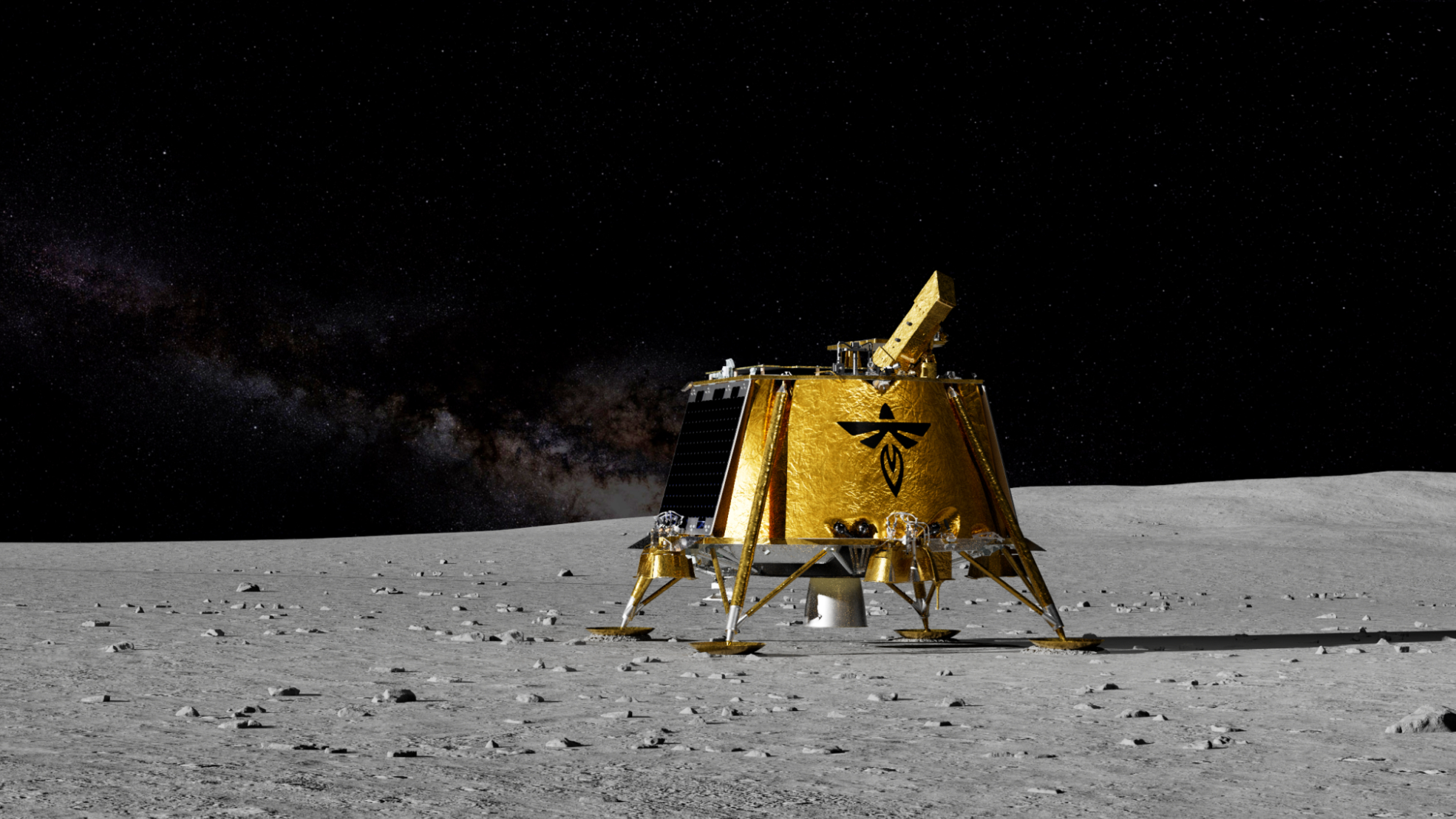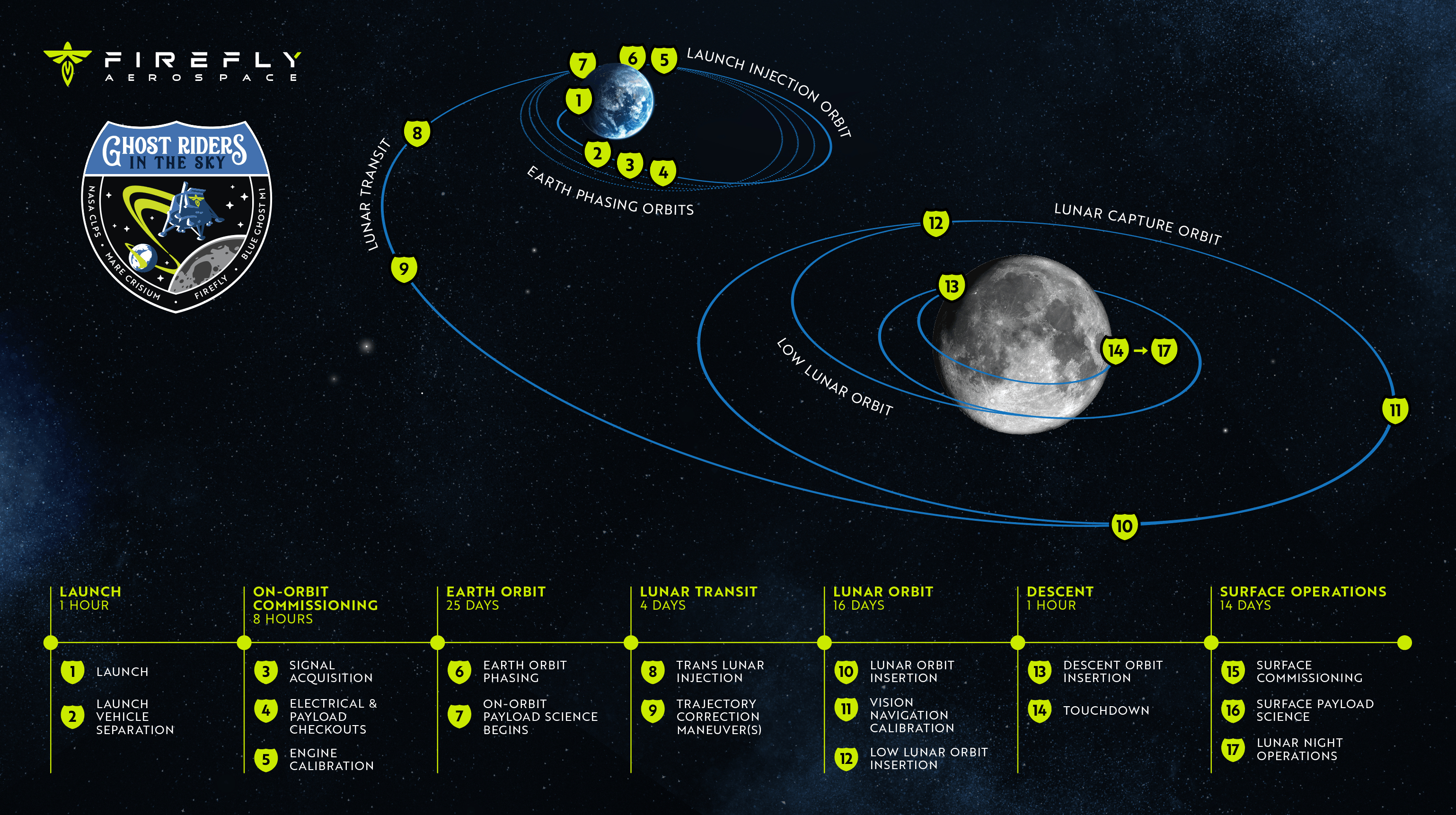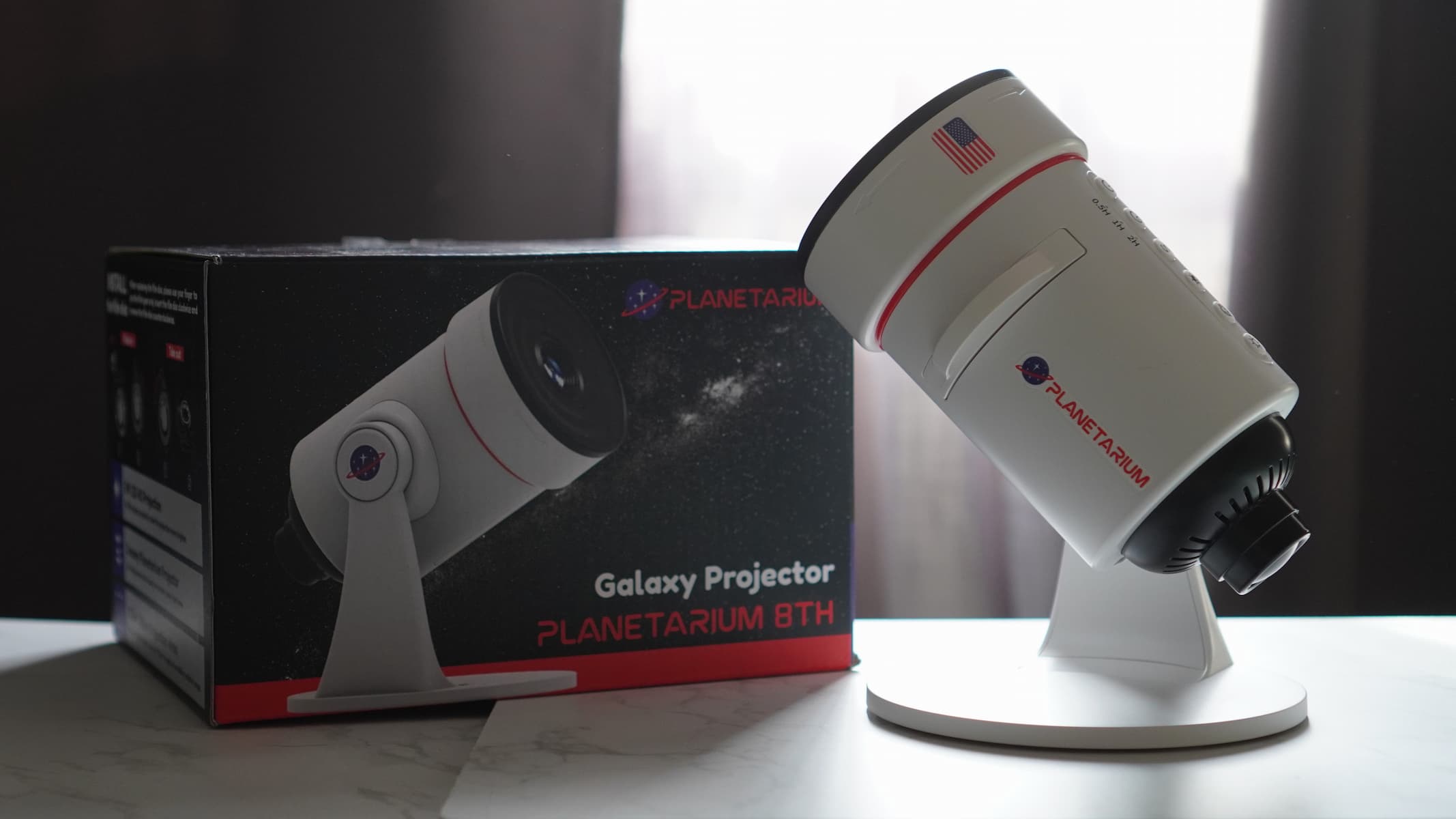Blue Ghost moon lander will help NASA see Earth's magnetic field 'breathing' for 1st time
"We expect to see the magnetosphere breathing out and breathing in."

Firefly Aerospace's soon-to-launch Blue Ghost moon lander will help NASA better understand our home planet, and how it responds to space weather.
The Lunar Environment Heliospheric X-ray Imager instrument, or LEXI, is one of 10 NASA payloads aboard Blue Ghost, which is set to launch at 1:11 a.m. EST (0611 GMT) on Wednesday (Jan. 15) on a SpaceX Falcon 9 rocket from Launch Complex 39A at NASA's Kennedy Space Center in Florida.
LEXI, an X-ray imager, includes nine lobster-eye micropore optical elements and is designed to monitor the interaction of solar wind with Earth's magnetosphere. It will capture low-energy X-rays generated when the solar wind smashes into Earth's magnetic field at the magnetopause, or the outer boundary of the magnetosphere.

The instrument will track how the magnetosphere expands and contracts, as well as other shape changes caused by varying strengths of solar wind from the vantage point of the moon, providing a unique, first global view of this activity.
Related: Double moon mission! SpaceX to launch 2 private lunar landers in January
"We expect to see the magnetosphere breathing out and breathing in, for the first time," Hyunju Connor, an astrophysicist at NASA's Goddard Space Flight Center in Greenbelt, Maryland, said in a NASA statement. "When the solar wind is very strong, the magnetosphere will shrink and push backward toward Earth, and then expand when the solar wind weakens."
Insights from LEXI could help mitigate the impact of space weather on satellites and systems on the ground such as power grids, enhancing infrastructure resilience.
Breaking space news, the latest updates on rocket launches, skywatching events and more!
Another notable aspect of LEXI is that it won't be the instrument's first trip to space. LEXI was originally built as STORM, a technology demonstration that launched on a sounding rocket in 2012. It has been refurbished as a cost-effective innovation as part of NASA's Commercial Lunar Payload Services (CLPS) program.
Firefly was selected for its upcoming mission through CLPS, which contracts companies to deliver NASA science and payloads to the surface of the moon.
It is the first lander from Firefly, and the spacecraft will take a circuitous route to the moon, first spending 25 days raising its orbit around Earth before performing an engine burn to send it toward the moon. Blue Ghost will then take another 16 days to lower its lunar orbit and prepare for landing. LEXI will be fired up for its mission once the dust from Blue Ghost's landing settles.
Also riding the SpaceX rocket on Wednesday will be the Resilience moon lander, built by the Japanese firm ispace.
Join our Space Forums to keep talking space on the latest missions, night sky and more! And if you have a news tip, correction or comment, let us know at: community@space.com.

Andrew is a freelance space journalist with a focus on reporting on China's rapidly growing space sector. He began writing for Space.com in 2019 and writes for SpaceNews, IEEE Spectrum, National Geographic, Sky & Telescope, New Scientist and others. Andrew first caught the space bug when, as a youngster, he saw Voyager images of other worlds in our solar system for the first time. Away from space, Andrew enjoys trail running in the forests of Finland. You can follow him on Twitter @AJ_FI.
